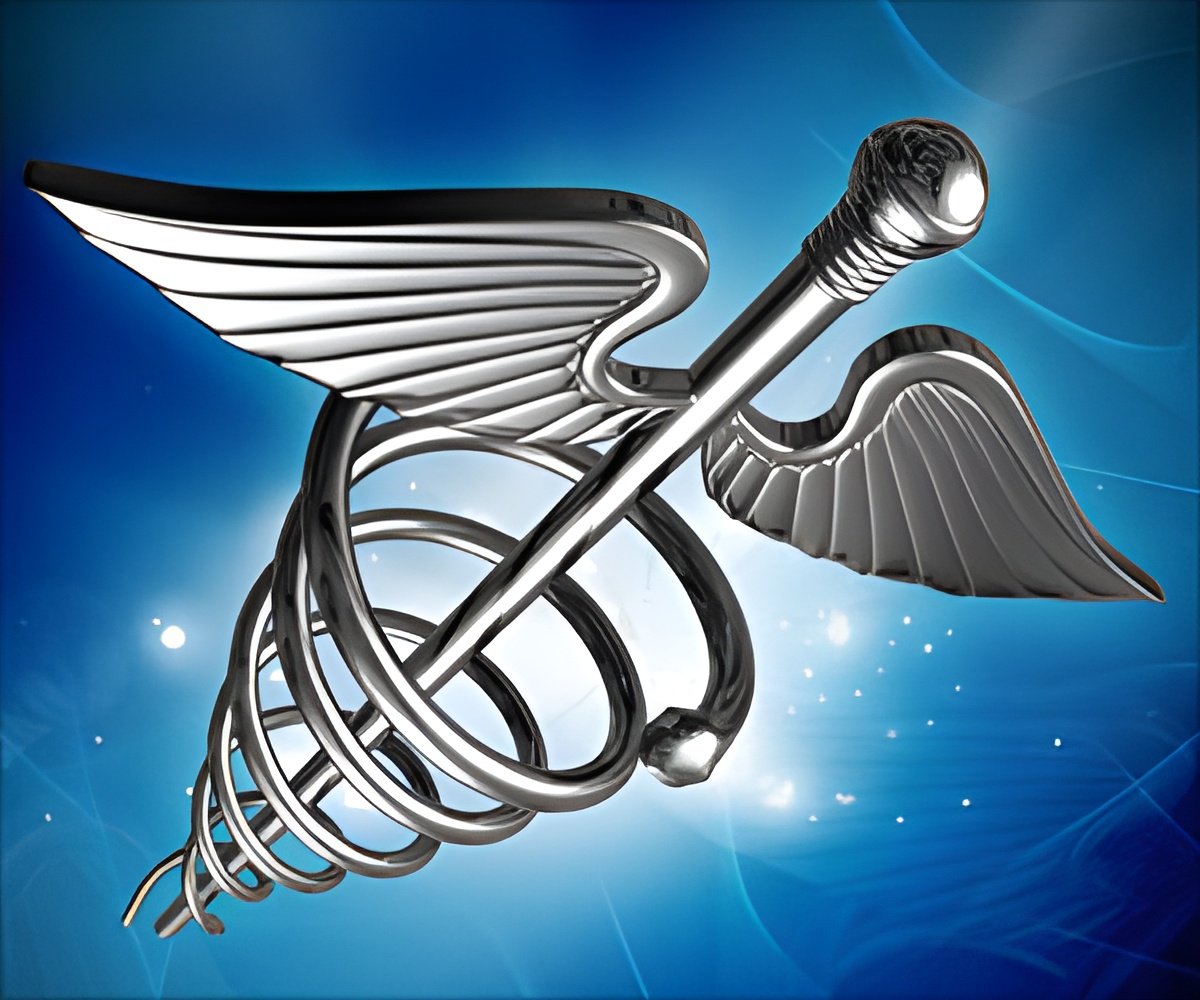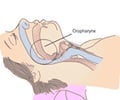New research says that children with enlarged tonsils and adenoids who wore an oral appliance for six months experienced more favorable craniofacial growth

Forty children from the waiting list for adenotonsillectomy at the ENT Department of the University of São Paulo Medical School were included in the study. The children ranged from 6 to 9 years of age. All of them presented snoring, tonsil and adenoid enlargement grades III and IV, and dental malocclusion (constricted maxilla and/or jaw deficiency). Patients were divided into two randomized groups: 24 patients were treated with the Bioajusta X dental appliance and 16 were controls.
The researchers evaluated the craniofacial growth in children with enlarged tonsils and adenoids, after dental appliance (Bioajusta X) treatment. They also compared the prevalence of snoring before and after treatment.
"The primary finding of the study was the positive influence of this treatment on snoring in children with enlarged tonsils and adenoids and narrow maxillary arch," said principal investigator Walter R. Nunes Jr., DDS, MS, who is affiliated with the Otolaryngology Department of the University of São Paulo Medical School in Brazil.
"This method of treatment acted on the normalization of the respiratory function and sleep, which reflected positively on the quality of life of those children and their families, and also resulted in a better pattern of craniofacial growth," said Nunes. "This normalization on the growth pattern may possibly reduce the incidence of obstructive sleep apnea in the future."
Cephalometric analysis was used to access the growth direction comparing the vertical jaw relationship according to the angle of the palatal plane with the mandibular plane (ANS-PNS / ML). The parents filled out a questionnaire about respiratory symptoms. They were re-evaluated and compared after six months.
Advertisement
This abstract will receive the Graduate Student Research Award at the AADSM 20th Anniversary Meeting.
Advertisement
Source-Eurekalert














